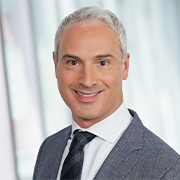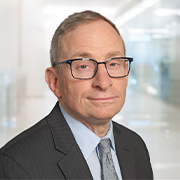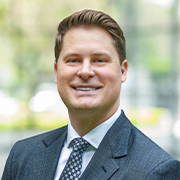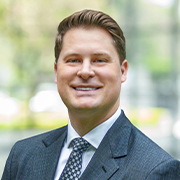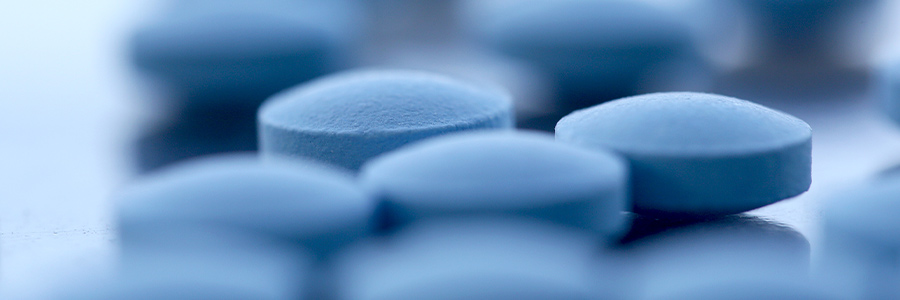By: Charles Rhyee; Yaron Werber, M.D.; Michael Nedelcovych, Ph.D.; Phil Nadeau, Ph.D.; Gary Taylor; Steve Scala, R.Ph., CFA; Tyler Van Buren; Brendan Smith, Ph.D.
Apr. 30, 2024 - 2 minutes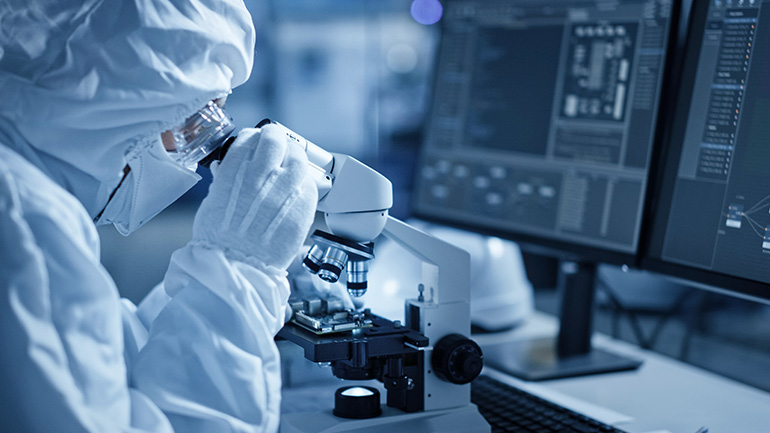
The TD Cowen Insight
Our report includes an in-depth overview of the biosimilar landscape and growth outlook for the biosimilar market. We believe the biosimilar market can grow from $10B today to $125B by 2033, fuelled by brand biologics loss of exclusivity (LOEs). We see opportunities for manufacturers, distributors, and pharmacy benefit managers (PBMs) to benefit. Keys to a sustainable biosimilar market include adoption of leading biosimilars and interchangeability on the pharmacy side, and physician education on the medical side.
What are biosimilars?
Biosimilars are cheaper versions of brand biologics that have gone off patent. They are near copies of an originator company's brand biologic drug. Unlike generics, which are typically small molecules, biologics are often more complex, highly sensitive to changes in manufacturing processes, and more heavily scrutinized by regulators.
Biosimilars afford the promise of lower drug prices. While there has long been concern about viability of the U.S. biosimilar market given complexities of how drugs are reimbursed, we anticipate an inflection over the next few years due to the introduction of biosimilars for many high-selling originator drugs.
Momentum Shifting on Biosimilar Pharmacy Benefit
Key Opinion Leaders (KOLs) suggest that the sustainability of the pharmacy benefit biosimilar market may hinge on whether a popular brand can be dethroned from its preferred spot on formularies -- the lists of prescription drugs health plans cover. Plans to remove drug brands from major national commercial template formularies in April 2024 in favor of biosimilars demonstrates momentum is shifting. Changing strategies show the influence drug supply chain players can have in biosimilar adoption, particularly Pharmacy Benefit Managers (PBMs) and distributors.
The market for biosimilars offered in a physician’s office is more mature, robust, and likely to continue growing, as payors generally have more sway to direct physicians towards biosimilars versus. originator products.
What’s Unique About This Report?
We conducted a series of KOL calls, which stress the importance of:
- Biosimilar uptake
- Physician education by group purchasing organizations (GPOs) regarding the therapeutic comparability of biosimilars vs. reference products
- Rebate guarantees being a driving force for PBMs preferring high WAC vs. low WAC biosimilars
- Distributors’ higher margin opportunity with biosimilars vs. brand biologics
Our proprietary market models estimate:
- An expected timeline for biosimilar launches
- Potential sales of biosimilars over time
- Potential beneficial impacts to drug distributors’ and PBM’s growth over the next ten years
Subscribing clients can read the full report, Distributors, PBMs & Biopharma: Unlocking Biosimilar Value - Ahead of the Curve®, via the TD One Portal





